War on Wildlife: Trump Admin, GOP, Going Apeshit Ballistic Delisting Species, Denying Habitat, Killing the Endangered Species Act
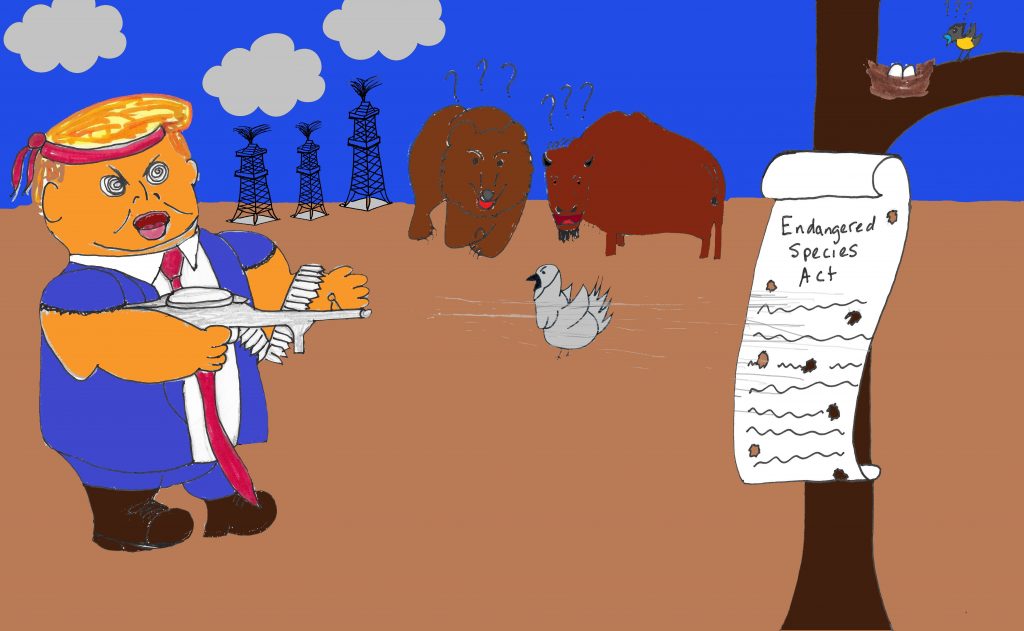
(EnviroNews Nature) — In response to Donald Trump being elected president in 2016, environmental NGO Defenders of Wildlife (Defenders) launched the Center for Conservation Innovation (CCI) on March 30, 2017 in order to save 14,000 documents related to the Endangered Species Act (ESA). They had good reason to be worried. For starters, shortly after taking office, Trump removed all mentions of “climate change” from the White House website.
“We started creating this repository of ESA documents months ago precisely because of the fear that controversial documents would be removed,” Ya-Wei Li, Vice President of Endangered Species Conservation at Defenders told EnviroNews at the time. Since then, environmental and conservation groups say they’ve had a tough time dealing with a barrage of rollbacks and faux science-based decisions.
“I’m honestly exhausted trying to keep up with so many bad decisions,” wrote Cyndi Tuell, Western Watersheds Project’s (WWP) Arizona/New Mexico Director, in an email to EnviroNews. “I don’t remember ever being this overwhelmed with agencies making decisions that harm the lands and the people.”
When asked if the sheer volume of rollbacks and rule changes being witnessed in the last few months of President Trump’s first term was extraordinary or just par for the course, Noah Greenwald, Endangered Species Director for the Center for Biological Diversity, concurred to EnviroNews that the bombardment is indeed “unprecedented.”
SLASHING THE ENDANGERED SPECIES ACT: REDIFINING ‘HABITAT’
On July 30, 2020, the U.S. Fish and Wildlife Service (USFWS) and National Marine Fisheries Service (NMFS) released a new definition for the word “habitat” after almost 50 years of the ESA not having one. According to the two agencies, “The Supreme Court recently held that an area must logically be ‘habitat’ in order for that area to meet the narrower category of ‘critical habitat’ as defined in the Act, regardless of whether that area is occupied or unoccupied.”
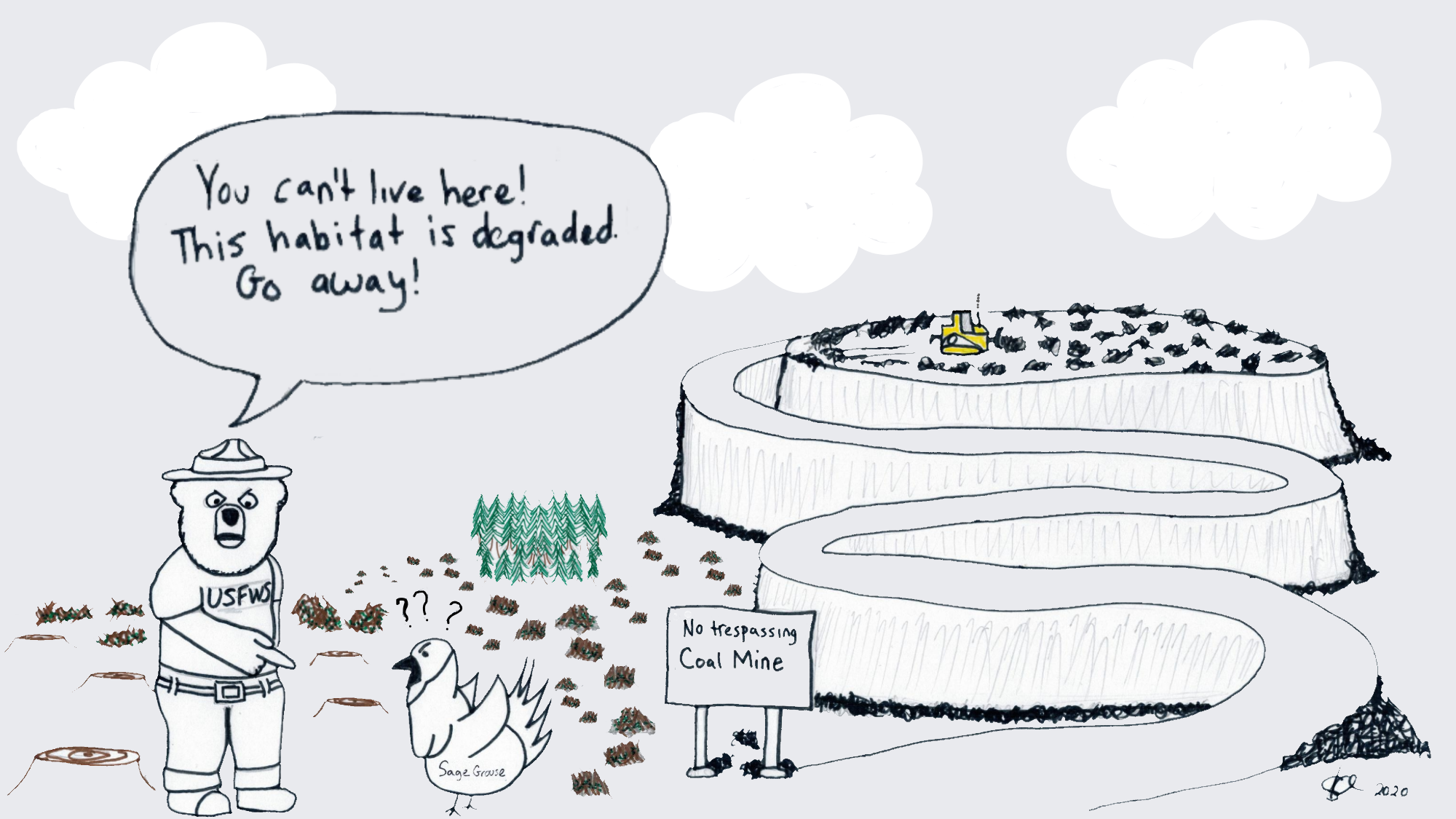
The agencies call the change a semantic one, but conservationists see something more sinister in the change.
“By inserting the phrase ‘existing attributes,’ the definition requires that an area be able to presently support a species for it to be designated as ‘critical habitat,’” Greenwald told EnviroNews in an exclusive interview. “This is problematic because oftentimes habitat needs to be restored before it can support a species, but [it frequently] needs protection [first] for this to happen.”
ADDING ECONOMIC CONSIDERATIONS TO THE ENDANGERED SPECIES ACT
The Administration took things a step further on Sep. 4, 2020, when it issued a proposal requiring the USFWS to “assign weight” to the economic impacts industry claimed would take place if an area were declared critical habitat. Prior to this, the ESA was only required to consider the best available science when making a listing decision; it wasn’t supposed to factor in potential economic impacts. Now, special interest groups will be able to make an economic claim, and the USFWS will have to consider it.
“Developers and polluters [will] basically [be able to] veto any critical habitat protections for endangered species by claiming economic impacts, even without proof,” Greenwald said in a statement. “Wildlife simply can’t survive or recover if they have no place to live, but that’s exactly what will happen if the Trump Administration succeeds in turning over the critical habitat designation process to industry.”
SENATOR JOHN BARRASSO
Early in his term, Trump had help from Senator John Barrasso (R-WY), Chairman of the Senate Committee on Environment and Public Works (EPW) and the Republican-held Congress. They worked to “modernize” the ESA during Barrasso’s oversight hearings, which he called, in February 2017, Oversight: Modernization of the Endangered Species Act and, in May 2017, Conservation, Consultation and Capacity: State Views on the Need to Modernize the Endangered Species Act.
The Center for Biological Diversity set up a page to track Senator Barrasso’s moves, which highlighted he had sponsored eight attacks on the ESA from 2015 to 2017 and had voted against the Act 11 times since 2011.
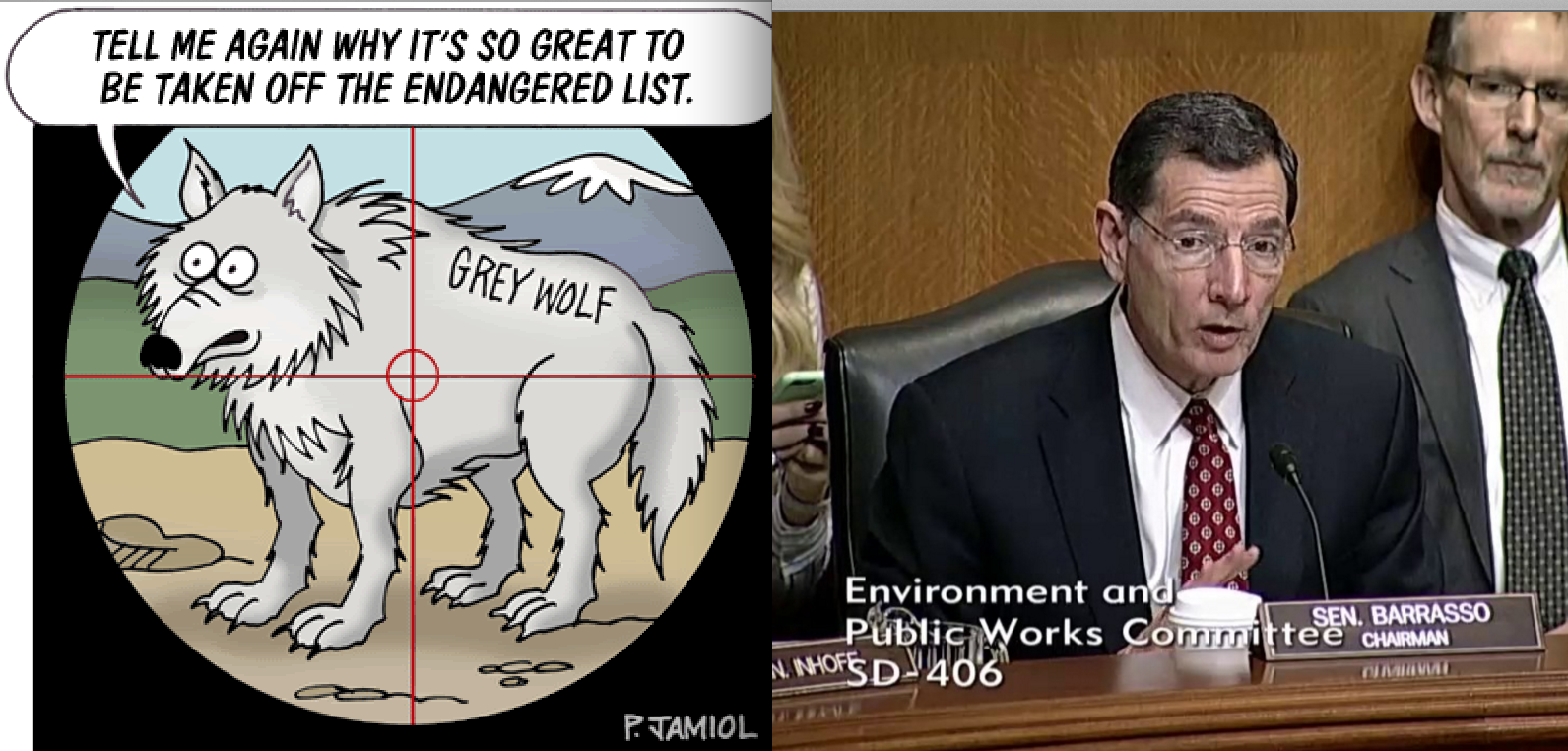
On Sep. 9, 2020, Barrasso lobbed another missile at the ESA when his committee held a hearing on delisting the Yellowstone grizzly bear. The committee called three witness, two of whom were for delisting and one who was neutral. However, the kicker of the meeting was the proposed elimination of judicial review for any future delisting of the bear, which would bar anyone from challenging the bill in court – a ploy some legal experts call unconstitutional. Barrasso’s work is ongoing. He still sits atop the EPW and Republican talking points continue to call for the “modernization” of the ESA.
WESTERN GOVERNORS’ ASSOCIATION
Meanwhile, the Western Governors’ Association (WGA) got into the game with a request for more local power and an easier process to delist species protected under the ESA. On June 28, 2017, the bipartisan WGA released its recommendations after its annual meeting.

Jamie Rappaport Clark, President and CEO of Defenders of Wildlife, issued this statement regarding the resolution:
The Western Governors’ Association’s call for legislative changes to the Endangered Species Act opens a Pandora’s box in this hostile Congress. Since 2015, Congress has introduced more than 150 bills, amendments and riders that would undermine the ESA and weaken conservation measures for imperiled species. We cannot risk opening the Act to the avalanche of destructive amendments that would gut our nation’s most effective law for protecting endangered and threatened wildlife.
More recently however, the WGA has expressed its dismay with the Administration’s handling of defining the word “habitat,” saying the current process of communication was “inadequate” and that states should have more input into the process.
SPECIAL INTERESTS, INDUSTRY AND ENDANGERED SPECIES
In December of 2017, the Endangered Species Coalition exposed how special interest groups, industry machinations, and the Trump Administration conspired to keep 10 animals, plants, and insects off the endangered species list. Their report, Suppressed: How Politics Drowned Out Science for Ten Endangered Species, included the greater sage grouse (Centrocercus urophasianus), North American wolverine (Gulo gulo), dunes sagebrush lizard (Sceloporus arenicolus), and Hermes copper butterfly (Lycaena hermes).
“[We] are concerned that the prevalence of special interest, industry representatives inside the Trump Administration is intensifying the suppression of science in endangered species decisions,” Leda Huta, Executive Director of the Endangered Species Coalition, told EnviroNews back then.
According to multiple environmental groups, then-Trump Administration Department of the Interior (DOI) Secretary Ryan Zinke was working to undermine the effectiveness of the ESA.
“Secretary Zinke has signaled an intent to relinquish federal responsibility for sage grouse habitat conservation, and instead focus on scientifically discredited practices like captive rearing and predator control, which pander to ranching interests but do nothing for sage grouse, and will likely worsen their declines,” Erik Molvar, Executive Director of Western Watershed Project, told EnviroNews Colorado.
SPECIES-BY-SPECIES (AND THIS IS ONLY A FRACTION OF THEM)
GREATER SAGE GROUSE
Subject of an expansive EnviroNews documentary, and considered the most expansive and costliest endangered species battle in history, the greater sage grouse faced down an apathetic and potentially negligent USFWS ruling that would have loosened regulations for industry across the “sagebrush sea” the bird calls home. A decision by U.S. District Court Judge B. Lynn Winmill on Oct. 16, 2019, halted the Bureau of Land Management’s (BLM) plan to open up the door for “expanded drilling, mining, livestock grazing and other destructive activities across 51 million acres in seven states: Idaho, Wyoming, Utah, Colorado, Nevada, California and Oregon.” Judge Winmill found the BLM and USFWS “looked at the trees without looking at the forest” and artificially minimized the dangers to the iconic bird.
And according to wildlife biologists, this win wasn’t one just for the sage grouse. “Every boost of protection we can get for sage grouse and their habitats helps hundreds of other types of plants and wildlife that depend on the sagebrush sea — from elk to pygmy rabbits to golden eagles,” Molvar said in a statement.
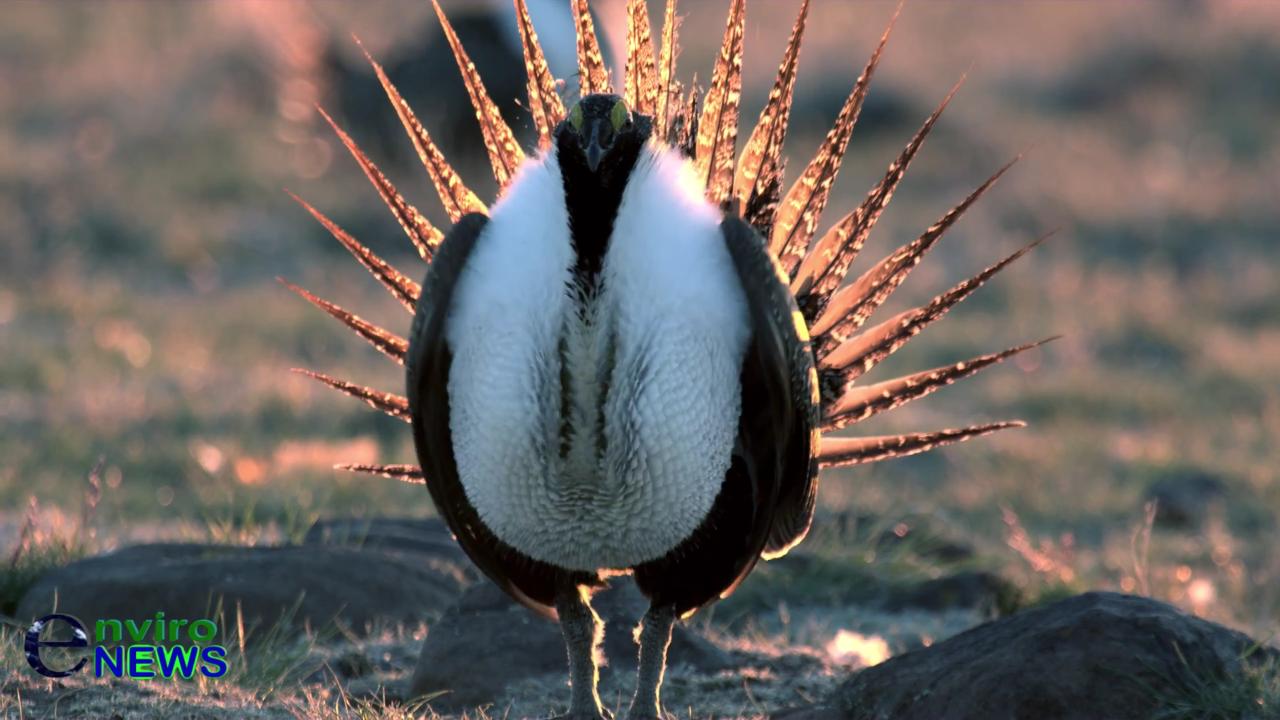
A report by Montana Fish Wildlife and Parks (MFWP) released on Aug. 18, 2020, showed an increase of 73 percent in the state’s greater sage grouse population over the 2019 population according to the Casper Star Tribune. In 2019, the MFWP estimated about 45,000 birds; in 2020, that number shot up to about 78,000. In Wyoming however, the birds’ primary stronghold, the overall population declined by 0.3 percent.
Sage Grouse now face a new threat from Congress. Republicans are trying to include a rider on the final Fiscal Year (FY) 2021 appropriations bill for the Interior, Environment and Related Agencies that would prohibit the USFWS from considering the sage grouse for listing under the ESA. The House version of the appropriation bill eliminated the rider, but now, they face a battle in the Republican-led Senate.
GRAY WOLVES: STRIPPED OF ENDANGERED SPECIES PROTECTION
In what critics say is an attempt to garner more votes for President Trump, Interior Secretary David Bernhardt announced on Oct. 29, 2020, that gray wolves (Canis lupus) would be removed from the endangered species list across the contiguous United States saying they have “exceeded all conservation goals for recovery.” This comes when the lower-48 has a population of 5,000 to 6,000 individuals covering less than 10 percent of their historical territory. Management of the wolf populations will now be turned over to tribal governments and the states — some of which already allow hunting and have “shoot-on-sight” policies.
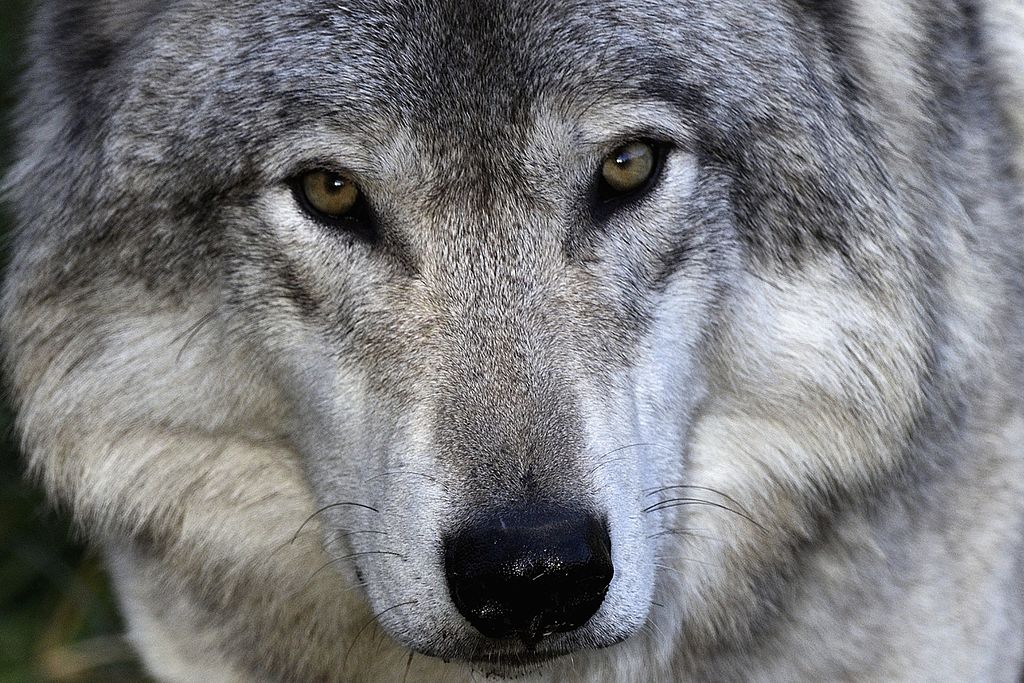
“For decades, ranchers have demonized wolves because they are an impediment to carefree, inexpensive grazing of private livestock on public lands,” said Lindsay Larris, Wildlife Program Director with WildEarth Guardians, in a press release. “Finalizing delisting of wolves a few days before an election is a gift to the ranching and agricultural interests, plain and simple.”
DUSKY GOPHER FROG
At the center of the “habitat” definition change is a little-known amphibian: the dusky gopher frog (Lithobates sevosus). The species, which at the time of the rule change consisted of between 100 and 130 adults in the wild, all of which survive in one intermittent pond in Mississippi, was in grave danger of becoming extinct. The USFWS designated an ephemeral pond where the frog once lived in Louisiana as critical habitat.
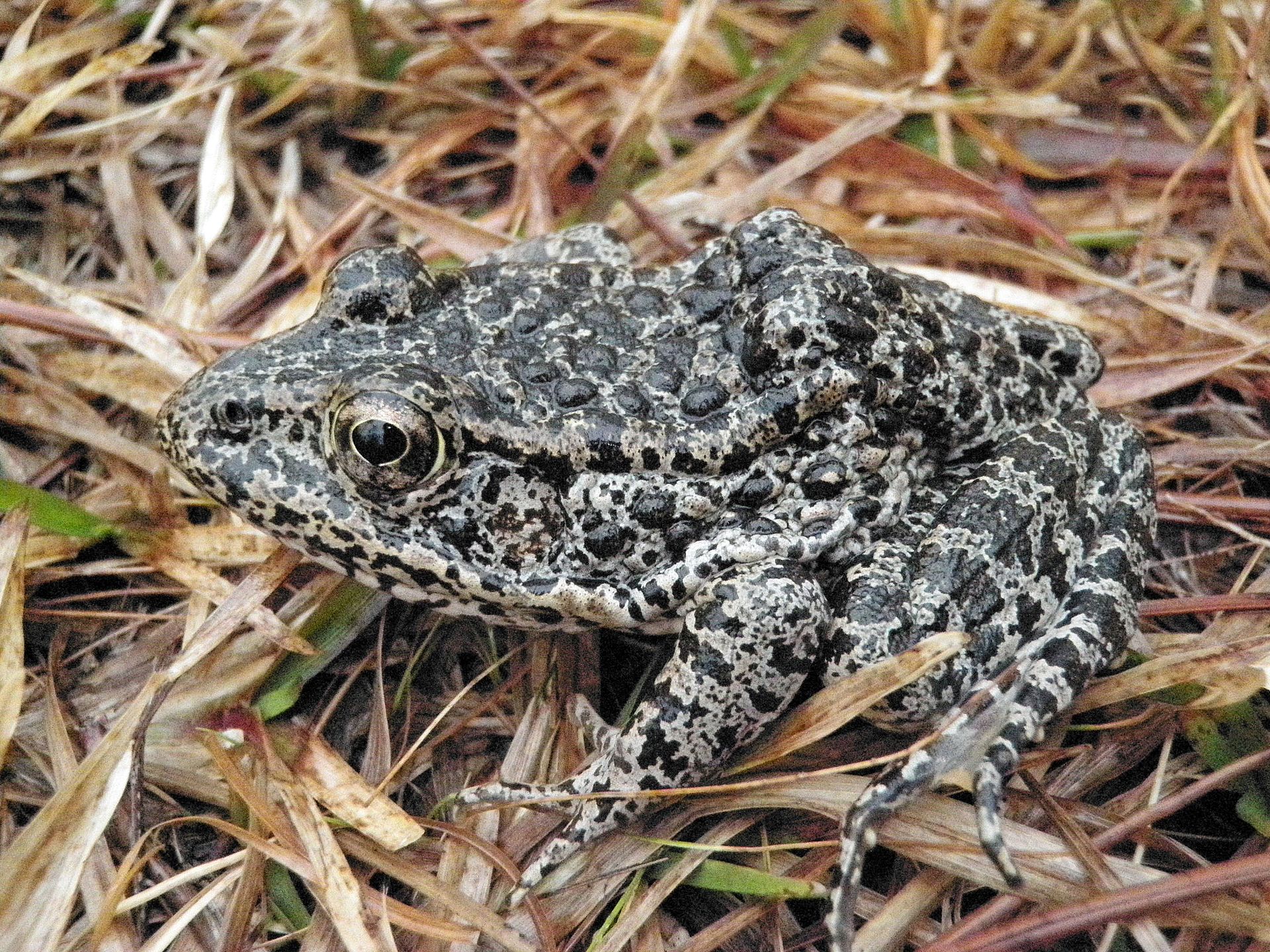
Weyerhaeuser, a logging company, appealed in 2018. After first losing cases in the lower courts, the company won big when it went to the Supreme Court after Chief Justice John Roberts used semantics, saying that a pond could not be designated as critical habitat if it wasn’t habitat to begin with, denying the frog an additional and much needed place to live. The USFWS and the dusky gopher frog were losers. On June 19, 2020, the Detroit Zoological Society released 170 of the frogs, bred in captivity, into the wild in Memphis – this, in hopes of keeping the tiny creature from blinking into complete extinction.
GRIZZLY BEARS
On June 22, 2017, the USFWS finalized a plan to rescind protection for 700 Greater Yellowstone Ecosystem (GYE) grizzly bears (Ursus arctos horribilis) under the ESA — a move recommended by the Obama Administration — despite the fact that grizzlies now only roam on two percent of their historic range in the lower-48. This allowed the conservative governments of Idaho, Montana, and Wyoming to open trophy hunting of the animal as they took over management.
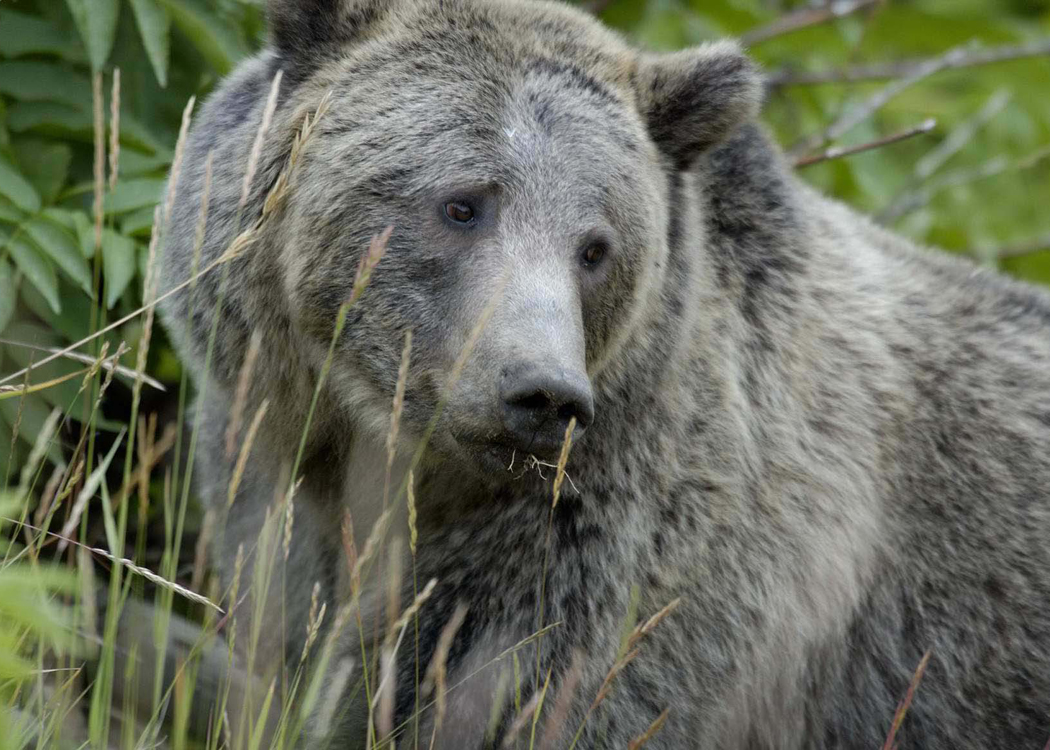
In spite of lawsuits and petitions, Idaho’s Fish and Game Commission voted unanimously on March 22, 2018 to open grizzly hunting season. All of the registered hunters in this sport-hunt would only be able to take a single bear from the territory. To be clear, that wasn’t one bear per hunter; it was one bear in total for all hunters. Wyoming opened the season up to kill 24 bears. On Sep. 25, 2018, United States District Judge Dana Christensen halted the hunts and put the grizzly back on the endangered list, but the battle continues, and as mentioned above, Sen. Barrasso is still trying to delist the iconic predator through an act of Congress.
‘EL LOBO’: THE MEXICAN WOLF
The USFWS released its Mexican Wolf Recovery Plan in November 2017, which essentially turned management of the Mexican Wolf (Canis lupus baileyi) over to Utah, Colorado, New Mexico, and Arizona. An EnviroNews investigative report revealed that lawmakers and agencies in these states had been deliberately hamstringing wolf revival efforts for years. Additionally, the USFWS had watered down the plan to less than the scientists’ minimum recommendations according to David Parsons, former Mexican Wolf Recovery Coordinator for the USFWS from 1990 to 1999.
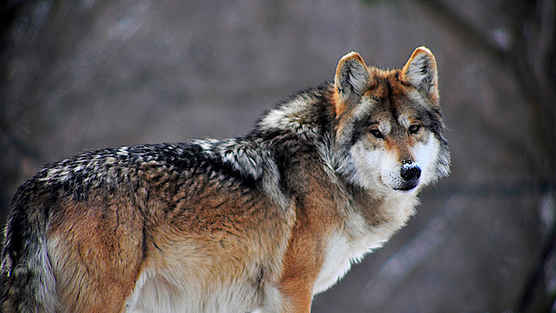
“They essentially asked the states how many wolves they could tolerate,” Parsons said. “They called it a social tolerance limit based on their perception of social tolerance and not backed by any science whatsoever.”
On August 27, 2019, Western Watersheds Project shed light on USFWS’ intent to hire wolf exterminator William Bennett Nelson of Bill Nelson Wildlife Control to trap and radio-collar Mexican wolves in New Mexico and Arizona angering environmentalists and animal rights groups. He was awarded the contract on Sep. 4, 2019, according to GovTribe.
CANADA LYNX
On Jan. 11, 2018, the USFWS began working on a plan to delist the Canada lynx (Lynx Canadensis). While there were about 2,000 animals in the wild spanning Maine to north-central Washington, there are many lynx that could be cut off from their main population centers through “human-caused fragmentation” of their habitat. The agency’s own report titled, Species Status Assessment for the Canada Lynx — Contiguous United States Distinct Population Segment, shared a dismal outlook for the cat.
“This is a political decision — pure and simple. This administration is throwing science out the window,” said Matthew Bishop, an attorney with the Western Environmental Law Center (WELC). “The best science tells us that lynx are worse off than they were when originally listed in 2000 — we’re seeing lower numbers, more range contraction, and [we] now understand the significant threats posed by climate change.”
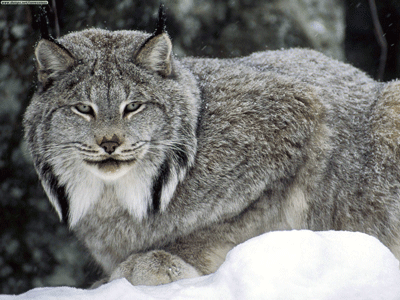
On April 8, 2020, The New York Times reported Lynx numbers were falling in Washington. Experts on the cat say the decline in population is driven primarily by factors attributed to climate change.
YELLOWSTONE BISON
On Sep. 6, 2019, the USFWS rejected adding the two genetically distinct bison (Bison bison) herds in Yellowstone National Park to the ESA. The herds harbor the last remaining specimens of the species free of intermixed cattle genes (several small herds have recently been started as offshoots of the Yellowstone herd). The announcement came after a court ordered the agency to consider all of the science, even that which disagreed with the USFWS’ own position. According to the agency, the plaintiffs did not provide any science to prove the bison needed protection. Those conservation NGOs had a different opinion.
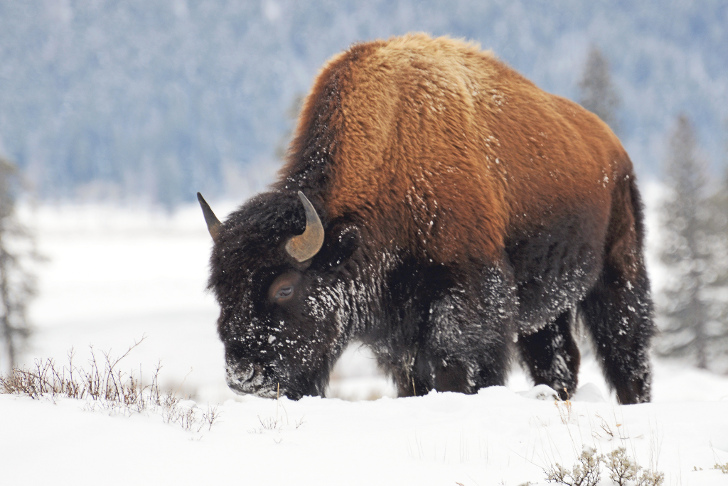
“The new finding continues to flaunt the Endangered Species Act’s legal requirement to use the best available science and not politics,” said Michael Harris, Legal Director at Friends of Animals.
CALIFORNIA’S UNIQUE TULE ELK
North America’s smallest species of elk, California’s tule elk (Cervus canadensis nannodes) numbered about half a million until the 1870s when Europeans hunted them down to 10 animals according to National Geographic. It took decades of protections, hunting restrictions and relocation to bring the number of animals up to around 5,700. Now, the largest population of the surviving elk (750) face a new threat – the National Park Service’s (NPS) management plan for Point Reyes National Seashore (Seashore).
In September 2020, the NPS, currently run by Margaret Everson, who is under fire for her allegedly illegal appointment to the post, put forth six management plans for the area for public comment. The agency’s favorite plan (B) emphasizes dairy farming and grazing cattle while allowing the elk to be culled to control their numbers. Another one of the draft alternatives (F) includes the total abolition of ranching activities that some say are historically and culturally important to the area.
91 percent of public commenters weighed in in favor of alternative F, removing all ranching activities in the Park and allowing the elk to roam free. Only two percent favored the continuance of ranching activities contained in alternative B. Plan B is what the NPS adopted nonetheless, and that rule is slated to be finalized by NPS within a matter of weeks.
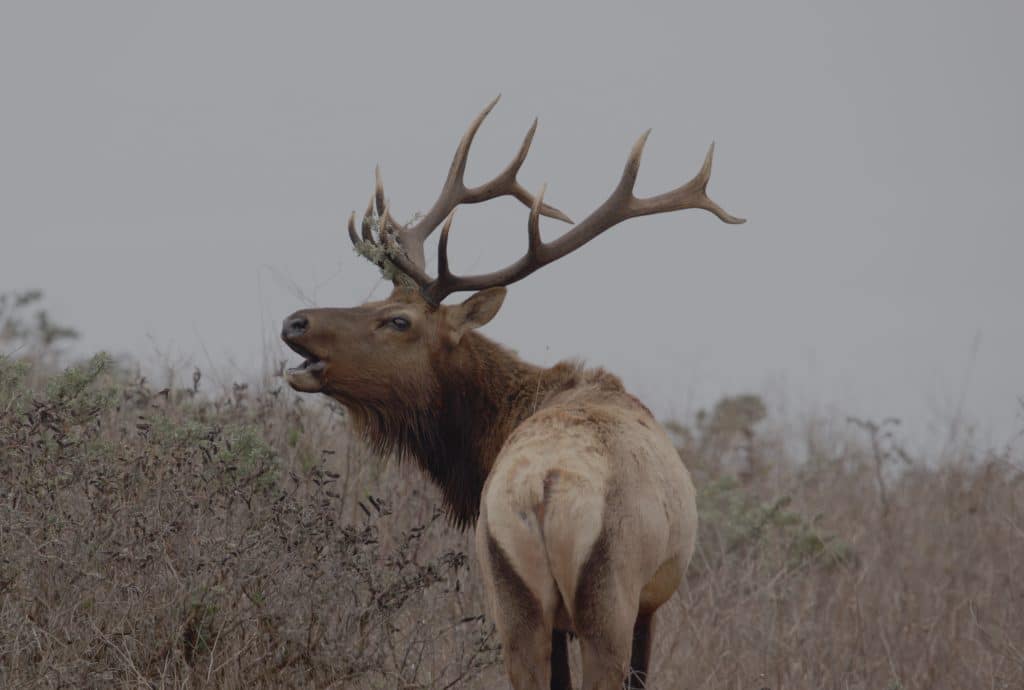
The tule elk in this region consist of three herds. The two herds in the south are free ranging; the northern herd is confined by fencing in what “elktivists” call an “elk zoo.” One of the southern herds has 138 animals. Under the NPS’ preferred plan, that herd would be reduced to 120 elk.
“This is a disaster for wildlife and a stunning mismanagement” of the Seashore, said Jeff Miller of the Center for Biological Diversity in a statement.
According to the NPS, there are 5,700 tule elk in California, and hence, in the world. Yet, they are not listed as endangered or threatened.
RUSTY PATCHED BUMBLEBEE
Arguably the first victim of the ESA changes finalized in 2019, the Rusty patched bumblebee (Bombus affinis) found itself left to its own devices on Sep. 1, 2020. In 2017, the USFWS declared it was endangered, but in 2020, the agency decided it wasn’t worth protecting critical habitat for the North American native, which it classifies as a “generalist.”
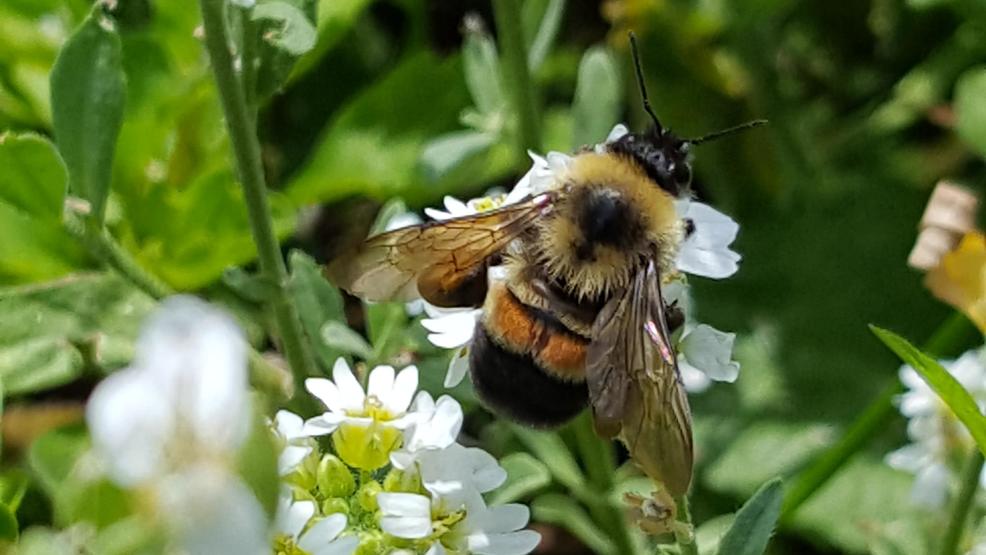
“The present or threatened destruction, modification, or curtailment of habitat is not the primary threat to the species, and the availability of habitat does not limit the conservation of the rusty patched bumblebee now, nor will it in the future,” the USFWS wrote in its explanation in the Federal Register.
Once again, environmentalists disagreed. Over 75 percent of the bees’ habitat has already been lost. Animals, insects, and birds need places to live in order to survive as species. Tara Cornelisse, entomologist and a senior scientist with the Endangered Species Program at the Center for Biological Diversity, told EnviroNews in an exclusive online interview:
Habitat loss is indeed a threat to the bee, especially considering that it requires a large area of diverse flowers that are free of pesticides and pathogens. The bee needs pesticide-free areas with diverse flowering plants adjacent to natural areas such as mixed grasslands and woodlands that provide nesting and overwintering sites.
THE WOLVERINE
One of the rarest animals in the United States, the wolverine (Gulo gulo) population has been reduced to about 300 animals. Surviving in pockets across Idaho, Montana, Washington, Wyoming and northeast Oregon, these iconic creatures are threatened by the lack of snow that comes with anthropogenic climate change. Conservationists have been seeking protection for wolverines for years and have met opposition from the USFWS. The latest defeat for the wolverine comes from an Oct. 8, 2020, USFWS decision to deny listing the animal as endangered. The USFWS wrote this in a press release:
New research and analysis show that wolverine populations in the American Northwest remain stable, and individuals are moving across the Canadian border in both directions and returning to former territories. The species, therefore, does not meet the definition of threatened or endangered under the Endangered Species Act (ESA).
With this decision coming less than a month away from the presidential election, environmentalists gave their 60-day notice of intent to sue over the decision.
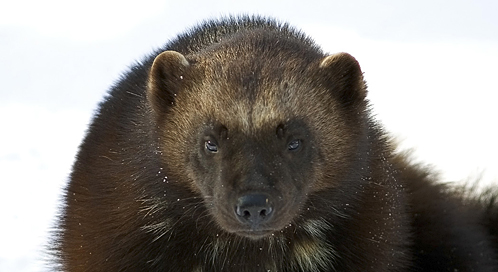
“Recent scientific information makes clear that wolverines face threats from destruction of their snowy habitat due to climate change,” Earthjustice attorney Timothy Preso said in a release. “We intend to take action to make sure that the Administration’s disregard of the real impacts of climate change does not doom the wolverine to extinction in the lower-48 states.”
NOT ALL BAD NEW: THE SONORAN DESERT TORTOISE
It hasn’t been all bad news for endangered species. On Sep. 4 2019, Trump’s USFWS faced a lawsuit from WildEarth Guardians and Western Watersheds Project for “[failing] to consider science” in its decision to not protect the Sonoran Desert tortoise (Gopherus morafkai). On August 9, 2020, the USFWS backed down from its decision and agreed to reconsider its decision on the reptile.
This win, however, was tainted when the BLM announced it would open the Sonoran Desert National Monument to private ranching interest for grazing. Allowing livestock to graze in an ecologically sensitive desert area can wreak havoc on plants and animals that are adapted to the arid climate, including the Sonoran Desert tortoise.
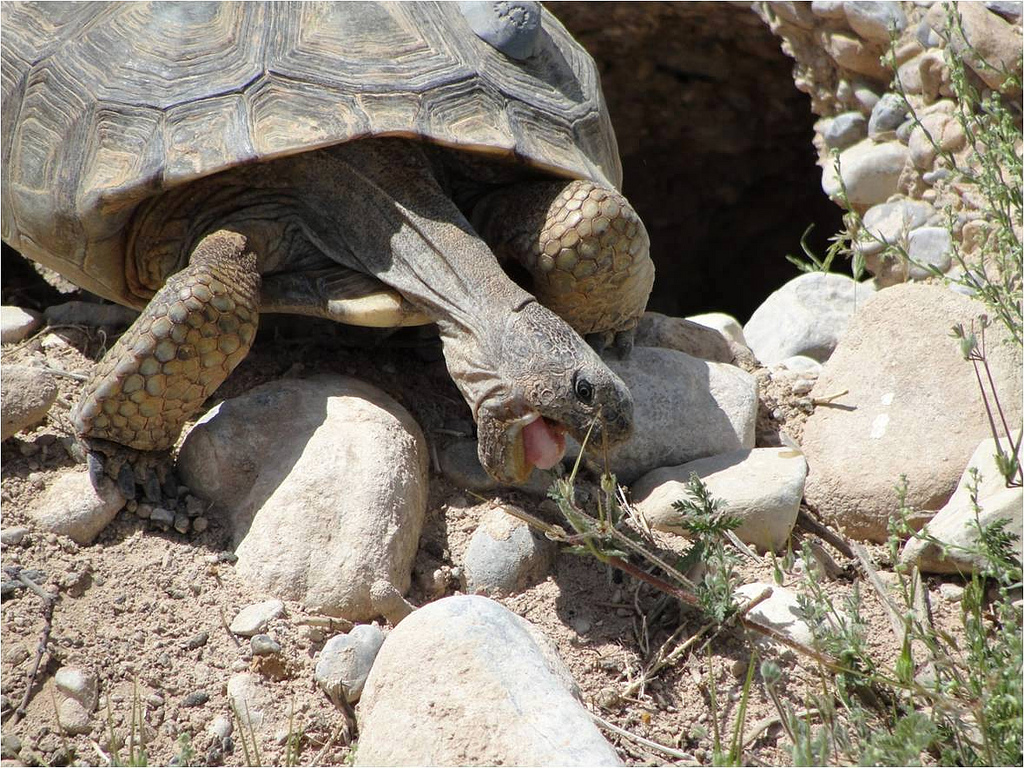
“It’s astounding that just days after a federal judge calls into question all decisions made under [William Perry] Pendley, the Bureau of Land Management remains focused on turning over public lands to the livestock industry,” said Tuell.
Pendley was ousted from his job atop the BLM as the judge in a lawsuit ruled him to be illegally occupying the position for 424 days. The judge stated that the agency will have to rollback any decisions Pendley made because they “would have no force and effect and must be set aside as arbitrary and capricious.”
WILD HORSES
Being ousted from the acting director position at BLM hasn’t deterred Pendley, also known as the “Sagebrush Rebel,” from continuing to act against the interests of wild horses. During visits to Wyoming and Idaho, Pendley denied that he had lost his job or authority, despite being ordered out by a federal judge.
“News of my political demise has been greatly exaggerated,” said Pendley as he paraphrased Mark Twain at the Free Roaming Equids and Ecosystem Sustainability Network conference in Cody, Wy, on Oct. 6, 2020.
Pendley told conference goers that the damage wild horses have caused to the prairie surprised him. “Frankly, I was shocked,” he said. “And I’ll tell you the part that shocked me the most was I got to the section where it said some of our lands are so degraded, that they will never recover. And that blew me away.”
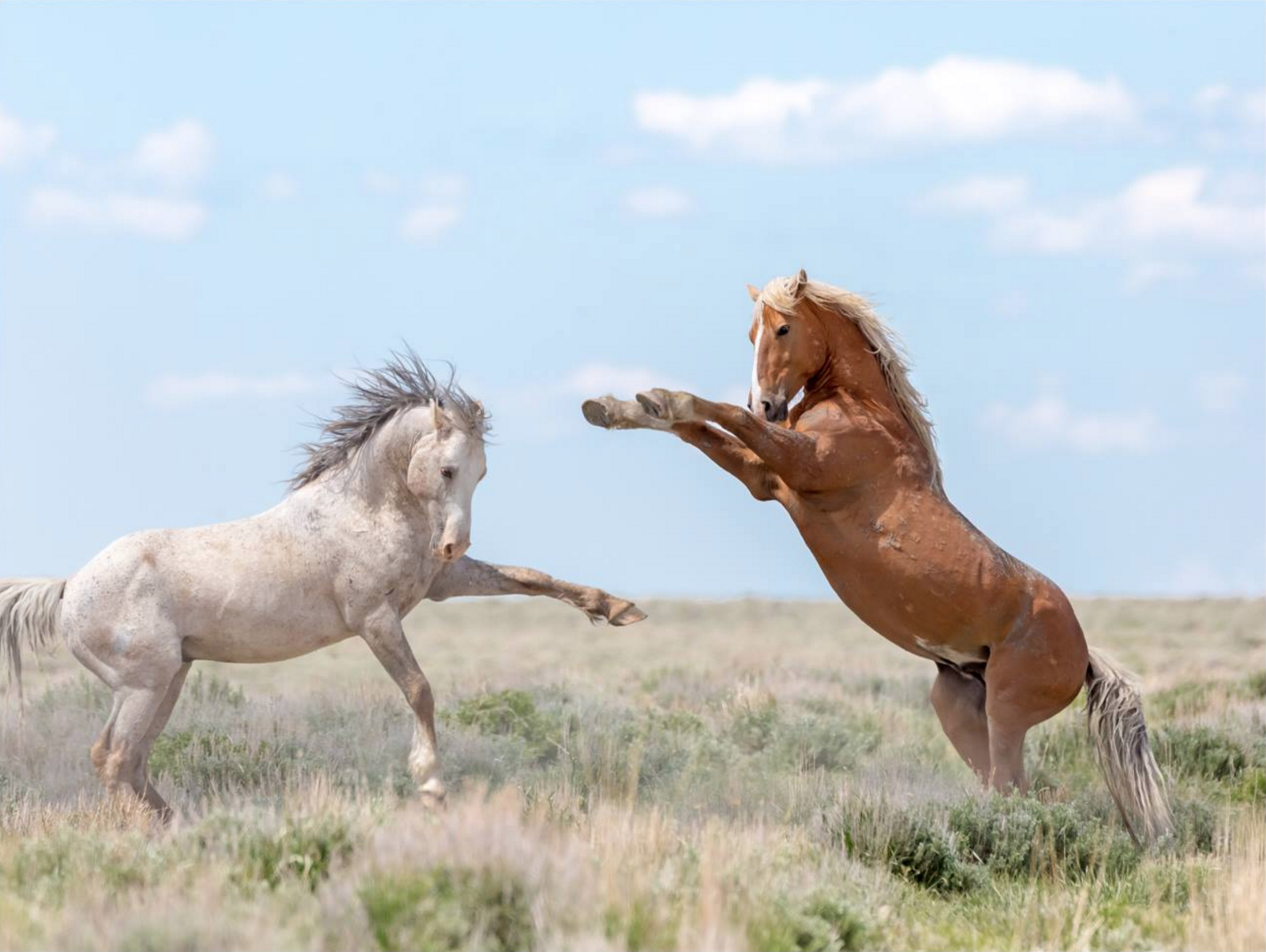
According to the Powell Tribune, the Cloud Foundation, dedicated to protecting wild horses and burros on public lands, was critical of Pendley’s position and the direction of the conference pushing for wild horse removal to make room for commercial livestock grazing.
“It’s sad to see this conference push fake news that wild horses and burros must be rounded up while allowing more livestock to continue to graze in the same areas,” said Ginger Kathrens, Executive Director for the Cloud Foundation. “Private, commercial livestock must be the first species to be removed in these congressionally-designated wild horse and burro Herd [Management] Areas.”
According to Wild Horse Education, the BLM has found room in its budget for the largest removal of wild horses in Wyoming’s history under Pendley.
HOPE ON THE HORIZON: PAW AND FIN ACT
In an effort to counteract Trump’s assault on wildlife, the Democrats, led by Rep. Raul Grijalva (D-AZ) in the House and Senator Tom Udall (D-NM) in the Senate, introduced the Protect America’s Wildlife and Fish in Need of Conservation Act, or the PAW and FIN Act, on Sep. 17, 2019. In the Senate, it was read twice and referred to Barrasso’s EPW committee where it will likely die for this session.
PAW and FIN takes aim at terminating three rules adopted by the USFWS. These rules specifically “allow consideration of economic factors in decisions about whether species are listed as threatened or endangered, strip newly listed threatened species of automatic protection, weaken protection of species’ critical habitat, and relax consultation standards that are meant to ensure federal agencies avoid jeopardizing species’ survival,” according to a WildEarth Guardians press release.
In the House, PAW and FIN was heard by the Committee on Natural Resources, which recommended passing it without amendment. The bill is currently stalled, but if it passes the House, it will need to go through the Senate to get to the President before it can become a law.
TRUMP ADMINISTRATION TOOTS ITS OWN HORN
On Sep. 8, 2020, the USFWS released its own assessment of the job it’s done in an article originally published on Fox News, and they told the story in glowing terms. Since 2017, the USFWS claims 11 species have fully recovered and been delisted, including the Borax Lake chub (Gila boraxobius), the lesser long-nosed bat (Leptonycteris yerbabuenae) in Texas, and Kirtland’s warbler (Setophaga kirtlandii) in Michigan and Wisconsin. Another six species, including the Florida manatee (Trichechus manatus latirostris), the Hawaiian goose or “nene” (Branta sandvicensis), and Kuenzler’s hedgehog cactus (Echinocereus fendleri var. kuenzleri), were down-listed from endangered to threatened.
“No administration in history has recovered more imperiled species in their first term than the Trump Administration,” touted the USFWS.
The USFWS compares its record to the first terms of other presidents, and none have done as well as far as the Trump’s USFWS is concerned, especially when it considers that Trump’s first term isn’t over, yet.
“The Service is nearing final determinations for more than a dozen other species to be delisted or down-listed,” the USFWS said in the press release, which it titled: ICYMI: Asst. Sec. for Fish, Wildlife, Parks Wallace: Manatee, Hawaiian goose and more imperiled species being saved.
NOT JUST THE ESA: ATTACKING ALASKA’S WILDERNESS THROUGH OTHER MEANS
On April, 3, 2017, Trump signed House Joint Resolution 69 (HJR 69) into law and rescinded protections for bears, wolves, and their offspring established under the Alaska National Wildlife Refuges (ANWR) Rule allowing hunters to use “scientifically indefensible” and “unsportsmanlike” practices in their attempts to obtain trophies. Under HJR 69, hunters can, among other things, shoot these iconic predators with cubs or pups, hunt them from aircraft, and set traps for them.

The Trump Administration has done more than just attack the ESA. From opening ANWR to oil and gas development, which threatens greater harm to polar bears (Ursus martius), to enabling the fossil fuels, livestock, and transportation industries with regulation rollbacks, the Administration and the GOP are working hard to make species’ survival more difficult.
On October, 29, 2020, the Trump Administration published in the Federal Register its exemption to the 2001 “roadless rule” for Alaska’s Tongass National Forest. This rule prohibits building roads or industry operations in government forests where the infrastructure and activities don’t already exist. This move opens up the legendary Tongass to logging, mining, and other destructive industrial activities that can negatively impact native animals in one of the world’s last remaining wildlife expanses.
RECENT AND RELATED FROM ENVIRONEWS
Trump Admin Defining the Word ‘Habitat’ in Sneaky New Effort to Trash Endangered Species Act
(EnviroNews DC News Bureau) – In what prominent conservation group WildEarth Guardians (Guardians) is calling “death by a thousand cuts,” the Trump Administration is at it again, with another proposed change that would weaken the overwhelmingly popular Endangered Species Act (ESA/the Act). This go-round features an attempt to…
Breaking: Trump Admin Just Stripped Gray Wolves of Endangered Species Act Protection Across Lower 48 States
(EnviroNews Nature) – Bloomington, Minnesota – In 1978, the gray wolf was listed as endangered under the Endangered Species Act (ESA) in every state in the contiguous U.S. except Minnesota, where it was listed as threatened. Since then, farmers, ranchers, Sen. John Barrasso (R-WY) and Administrations from Clinton…
Trump’s New Endangered Species Rule Will ‘Turn over the Critical Habitat Designation Process to Industry’
(EnviroNews DC News Bureau) – Washington D.C. – The Endangered Species Act (ESA/the Act), in its original form, required listing decisions to be made based on science and trade data without any other considerations given for any reason. But a Trump Administration rollback in 2017 and finalized on…
GOP Senators Trying to Strip Yellowstone Grizzly of Endangered Status While Killing Your Right to Sue
(EnviroNews Nature) – Washington D.C. – On Sep. 9, 2020, Senator John Barrasso (R-WY), Chair of the Senate Committee on Environment and Public Works (EPW), held a hearing called: Successful State Stewardship: A Legislative Hearing to Examine S.614, the Grizzly Bear State Management Act (GBSMA). S.614 was introduced to…
You’re Gone! Judge Gives Pendley the Boot as Public Lands Boss; NGOs Target Nat’l Parks ‘Acting’ Director
(EnviroNews Montana) – On Sep. 25, Chief Judge Brian Morris of the Montana District Court barred William Perry Pendley from serving as the head of the U.S. Bureau of Land Management (BLM). The lawsuit brought against Secretary of the Interior David Bernhardt is a win for Governor Steve Bullock…
Rusty Patched Ripoff: Trump Admin Says Bumblebee is Endangered, But Won’t Give it Any Habitat
(EnviroNews Nature) – Washington D.C. – Rusty patched bumblebees (Bombus affinis) buzz, they bumble, they vibrate, and they knock a helluva lot of pollen loose from the flowers they visit – more than honeybees to be sure. They can fly and work in colder temperatures too, making them…
Lions and Tigers and… Sage Grouse? Oh My! – The Granddaddy Endangered Species Battle of Them All
(EnviroNews Nature) – On World Wildlife Day, March 3, 2017, EnviroNews Nature released one of the largest and most expansive documentaries ever published on a wildlife species in peril – the greater sage grouse (Centrocercus urophasianus). The academic yet entertaining film spans a plethora of topics and includes…
It’s Done: Trump Signs HJR 69 into Law Allowing Slaughter of Alaskan Bear Cubs, Wolf Pups
(EnviroNews Alaska) – Washington D.C. – On April 3, 2017, President Donald Trump signed House Joint Resolution 69 (HJR 69) into law. The legislation rescinds the U.S. Fish and Wildlife Service’s (USFWS) 2016 Alaska National Wildlife Refuges Rule (Refuge Rule). The Refuge Rule was enacted to protect native…
Dems Introduce ‘PAW and FIN’ Bill to Kibosh Trump Admin Assaults on Endangered Species Act
(EnviroNews DC News Bureau) – Washington DC – Signed into law in 1973 by President Richard Nixon, the Endangered Species Act (ESA/the Act) is bar none, one of the most popular pieces of legislation in America. But that hasn’t stopped the Trump Administration from attempting to undermine and…
Defenders of Wildlife Stashes 14,000 Endangered Species Documents Before Trump Can Delete
(EnviroNews Nature) – Washington D.C. – Nearly 14,000 documents related to the Endangered Species Act (ESA) have been preserved and made available for improved conservation efforts under a new initiative launched March 30, 2017, by Defenders of Wildlife (Defenders). “The Endangered Species Act is the strongest conservation law…
Senate Hearing: Green Groups Say Committee Moving to Gut the Endangered Species Act
(EnviroNews Nature) – On May 10, 2017, Senator John Barrasso (R-WY), Chairman of the Senate Committee on Environment and Public Works (EPW), led a committee oversight hearing called, “Conservation, Consultation and Capacity: State Views on the Need to Modernize the Endangered Species Act.” Green groups decry Barrasso’s desire…
Idaho to Open Grizzly Hunting Season So Yokels Can Kill One Male Bear in Name of ‘Management’
(EnviroNews Idaho) – Boise, Idaho – On March 22, 2018, Idaho’s Fish and Game Commission voted unanimously to direct the Department of Fish and Game (IDFG) to collect comments on a proposed grizzly bear hunting season. Idaho would allow all hunters together to shoot a grand total of…
These Species Should Be ‘Endangered’ But Aren’t Due to Political Horse Trading, Report Reveals
(EnviroNews Colorado) – Special-interest politics – not sound science – decides the fate of species on the brink of extinction in the U.S., according to a new expose’ from the Endangered Species Coalition. The report, Suppressed: How Politics Drowned Out Science for Ten Endangered Species (Suppressed), profiles ten…
20 Western Governors Trying to Seize Power Over Endangered Species Act – Green Groups Say No Way
(EnviroNews DC News Bureau) – Whitefish, Montana – On June 28, 2017, the Western Governors’ Association (WGA) released its 2017 recommendations to alter the Endangered Species Act (ESA) after its annual meeting in Montana. The resolution arrived at calls for an increase in state power over ESA implementation…
After Joint Lawsuit, USFWS Backs down, Agrees to Consider Sonoran Desert Tortoise for ESA
(EnviroNews Arizona) – Tucson, Arizona – [EDITOR’S NOTE: Clarification: The headline on this story originally read, “After 5-yr. Legal Battle…” USFWS declined to list the species in 2015, and the joint-lawsuit was filed in Sept. 2019] In a reversal of its 2015 position, the U.S. Fish and Wildlife Service (USFWS)…
FILM AND ARTICLE CREDITS
- Shad Engkilterra - Journalist, Author, Caricature Artist



